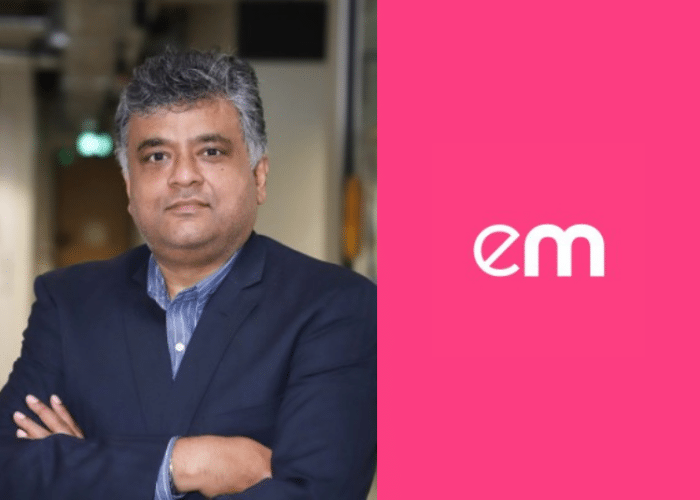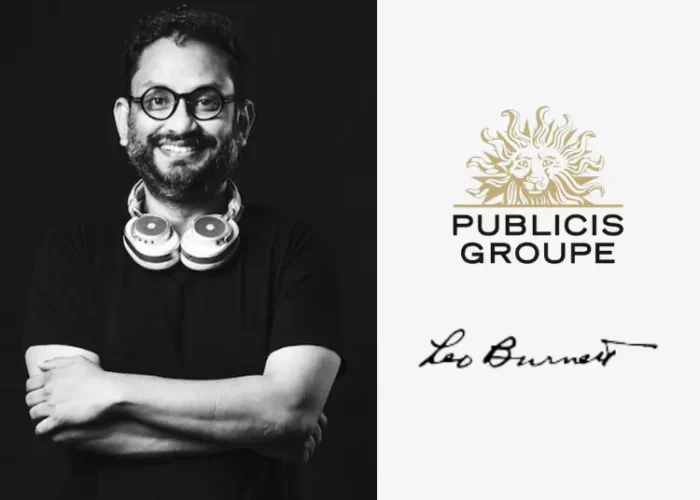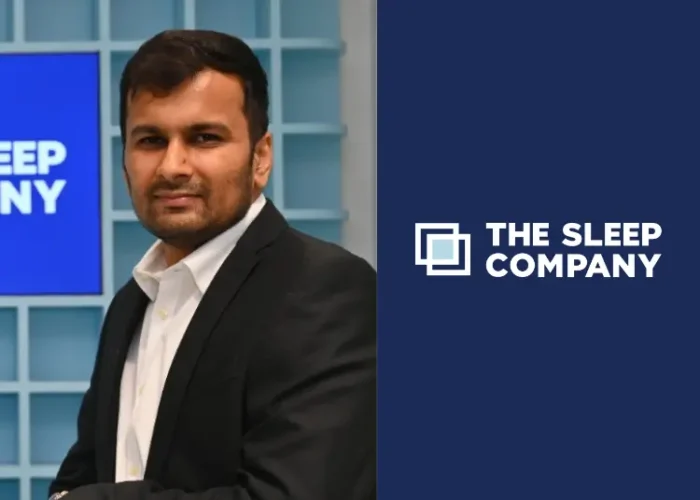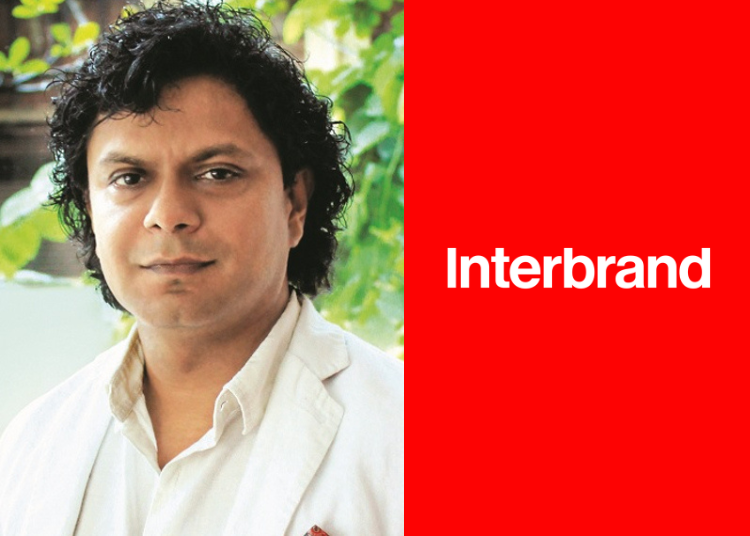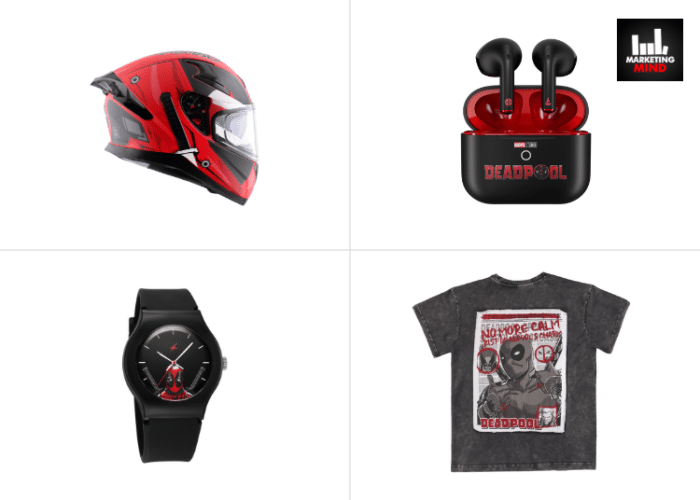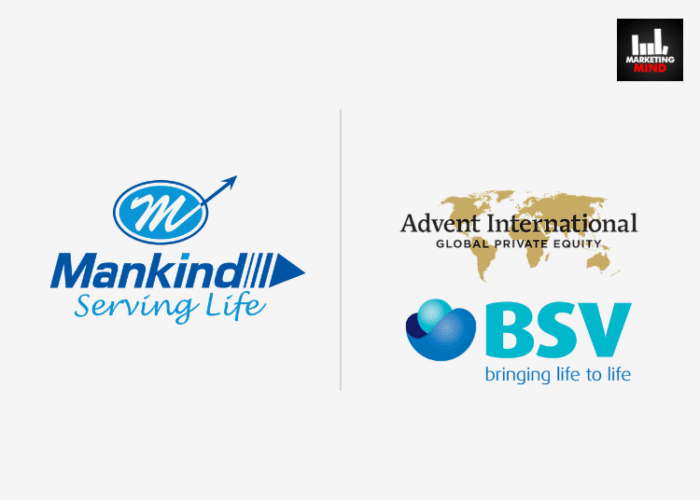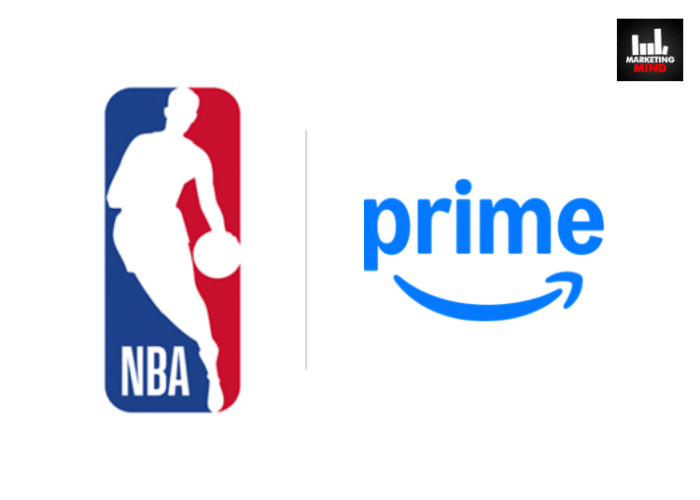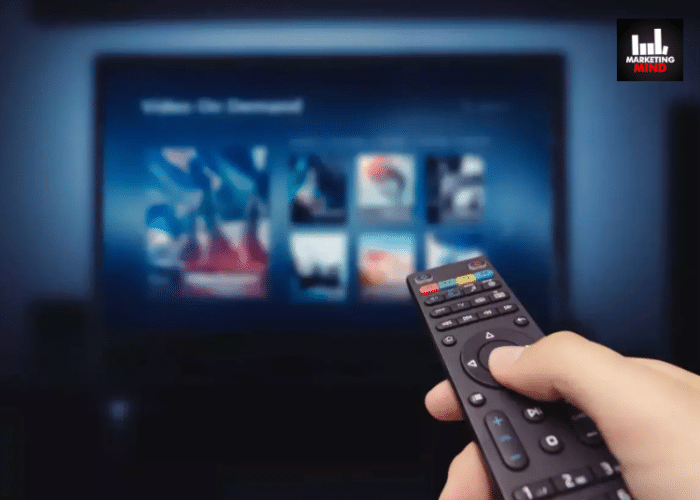In the past one year, we have seen some of the very popular brands across categories such as beverages, sports wear, automobiles, airlines, dating and networking and even food amongst others undergoing a brand refresh not just in terms of the brand’s logo or packaging but also its positioning, tonality and vision.
Some of the brands which have undergone a rebranding exercise during the period between January 2023 and today include Bumble, Bandhan Life (formerly Aegon Life), Decathlon, Pepsi, Tata.EV and Air India amongst others.
And while a revamp isn’t the best of things to do in times when ad budgets are being cut across industries due to various global economic turbulences including inflation, recession, etc. some do need it more than the others and for obvious reasons which may or may not include category expansion, merger and acquisition deals, business transformation and more.
Having spent all his career working in different Omnicom Group agencies, including DDB Mudra and Interbrand India, and witnessed it all- the Group’s expansionist approach followed by a consolidatory one, Ashish Mishra, CEO, Interbrand India and South Asia, emphasised that the reason why brands are increasingly opting for a rebranding exercise in current times is mainly because the ‘lifecycle for brands and businesses is getting shorter’.
“The foundation of all evolutions is the people’s evolution. And the reason why the relevant cycles for brands are getting shorter today is their cyclical nature. If you look at socio-cultural trends, for example, they’re always cyclical in nature. In fact, anything that happens today would keep growing as a trend until it reaches its highest point and implodes and once that happens, it will begin to move in the other direction to reach its lowest point and implode again,” he elaborated.
The other reasons behind the brands’ relevance cycle getting shorter, in his opinion, include the massive connectivity and exposure that people have today which makes the consumer get bored faster and fatigued quicker.
“Discontinuities of technology also drive change quicker, and new discoveries as well as new launches make it all the more shorter. So when the business life cycle of a product or the brand is getting shorter, you need to reinvent yourself quicker,” he stated.
To support his take here, he shared the example of Godrej Enterprises, which happens to be one of the first largest wins of Interbrands London in Asia and the reason why he took the reins of Interbrand India after setting up the planning division of DDB Mudra.
“When we did the rebranding and restructuring of Godrej Companies’ Godrej Enterprises from ‘Imagination at Work’ to ‘Eco-imagination’, which was for the sustainability businesses of GE that combined eco-friendly and imagination at work into a platform, it was very strong for maybe less than a decade. But in 2022, what happened was that we opened GE into three GEs- GE Healthcare, GE Aerospace, and GE Vernova and they’ve hyped off all the non-core businesses to focus on healthcare, aerospace and energy. Now this is not just true of GE, it’s true of most companies,” he said.
Furthermore, Mishra also mentioned that since a customer is in consumption mode for barely 3-4% of their time and in a normal human being mode for 97% of the time, on an average, if one looks at the pace at which people’s expectations change and grow today, it is most likely to come across as growing at an unprecedentedly fast rate.
So much so, these macro factors tend to be moving faster than brands, businesses and everything else that a consumer consumes, primarily due to increased exposure, connectivity, aspiration, individuality, relatively higher prosperity and more, making the businesses or brands realize that they are constantly lagging behind in this always catch-up game, he opined.
And, in his views, the only way one can shorten it is by having a short feedback loop and constantly listening- be it on social, online panels, being in touch with the customer and more.
Upon being questioned on whether there’s a right time for brands to opt for a revamp in his experience, Mishra replied that earlier on, there was a reactive phase to rebrand, up to the early ‘90s when India was a closed economy, but post P V Narasimha Rao and Manmohan Singh brought in the first generation economic reforms and brought about Liberalisation, Privatisation and Globalisation, many global brands came in with Foreign Direct Investments.
“And suddenly from personal care where India just had Ponds and few other Indian brands, there came L’Oreal and Garnier and began dominating the market. Similarly, in electronics, we had the Korean brands and European brands coming in and changing the competitive landscape through the 90s,” he emphasised.
With this, he also pointed out that since India was a closed market heritage brands like Godrej, for instance, even though had an edge on superior quality, there had been no innovations or newness for decades as there was no need for it.
But with the P&Gs and Levers of the world coming in, these heritage brands had to compete with much superior looking products and deliveries and therefore there was a need to change, resulting in Interbrands being appointed for Godrej’s rebrand. And so birthed the proactive phase of rebranding, in his viewpoint.
“The other big reason for re-brand is this entire idea of arena and new business opportunities, especially for traditional businesses as startups have been cracking it big in today’s time and age while they’re still ensconced in their traditional culture, bound and shackled by their culture and size, and not being able to move. But when they see successes around them with new technology and new business models, they also want to do it to look different and have a different point of view and a different brand altogether,” he said.
Throwing light on to how much of a cautious road do legacy brands and their consulting agencies tend to take when opting for an identity revamp, Mishra mentioned that the thing with big heritage brands is that they’re already sitting on massive equities and hence when a rebranding has to be done for them, one doesn’t do so to destroy it. But for brands that don’t have a history or heritage and an equity to change, its comparatively easier because there’s nothing to lose.
Sharing an anecdotal experience to add more gravitas to his statement here, he mentioned that when Interbrand had to revamp Godrej, which already had a 100 year legacy at the time, there were many professionals who pointed fingers at the agency for charging a lot for the work it did, which was mainly coloring the logo. But the reality was that what seemed to be a small change was one of the biggest research that was ever done in the country for Godrej.
“We did a one year long research which in those days required a budget upwards of a crore and from that research what we’d found out was that a large percentage, about 35-37%, of the Godrej customers and prospects were English illiterate and to them, Godrej was a visual as they could not read G-O-D-R-E-J. And if we made a change to that shape, more than one third of the company’s current base and prospects wouldn’t be able to recognize it and hence, it was impossible,” he recalled.
And with this insight, when Interbrand went back to its client and told them that building a powerful brand wouldn’t require a changing of the shape for the aforementioned reason because the agency didn’t want to throw the baby in the water and create a value loss and end up creating a value destruction.
Commenting on the reason why most brands when opting for a rebrand include a ‘modernistic’ element, often representing a ‘constant movement’ in its branding or logo, in times like today, he mentioned that the logo itself doesn’t have to necessarily visually demonstrate the dynamism of sorts, but going to be on the move is never a static status quo.
“Today you don’t build brands for now, you build brands for where you want to go next,” he said.
Having said that, Interbrand’s Mishra also pointed out that with brands evolving and therefore opting for a revamp or refreshed brand identity to include the likes of moving trajectories from categories to arenas and from visual identities to brand feel and experiences, what is also necessary to pay heed to is whether the brand experience is multisensorial or not.
Delivering a multi-sensorial brand identity, in his viewpoint, isn’t possible for all brands in the same fashion as a multi-sensorial experience can be done a little more for some and a little less for some. But it shouldn’t stop one from adopting a holistic approach.
“The brands that can opt for developing a wholesome multisensorial brand identity are the ones that have their own environment, maybe something in the likes of retail. Recently, we have worked on the experience redesign for one of the largest bank brands in the country, and we’re looking at sound and fragrances because that’s something that we can control in its flagship offices or branches in addition to the visual identity. Delivering to the five senses is the most optimized canvas for brands,” he stated.
Giving an Interbrand India perspective of things to the growth the agency has been on for the past one decade, Mishra stated that if one has a look at the kind of work the brand consultancy has done in the past eleven years in India, albeit its top five clients- Godrej, Mahindra, Jio, Britannia or even Infosys, one will eventually get a clue on what it intends to do in the next 10 years.
“Going forward, we want to create and grow the next generation of icons- the brands that would lead the transformation of businesses and of categories to the future. Some of these include Pawan Munjal’s future of mobility brand- Vida, Dheeraj Hinduja’s Switch Mobility and Truecaller, which is one of the top 10 apps. The top five brands we worked for in the past decade were the traditional icons or the brand icons that defined the current and the past, but the future is not going to be the same and will be transformed by some of these progressive new generation icons,” he concluded.

